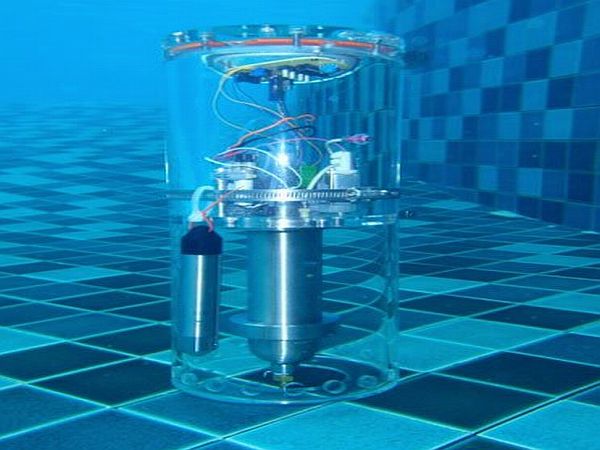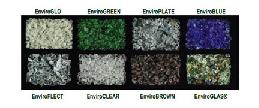 An exciting new experiment has recently been conducted off the coast of Thailand, through partnership between the Royal Thai Defense Science and Technology Department and the U.S.Pacific Command. Called the Crimson Viper, it included testing of a new bacteria powered hydrogen fuel cell that allows any autonomous ocean sensor to both dive and surface freely and with ease. Interestingly, this device does not really harvest its electric energy from the bacteria’s metabolism, but rather from the microbe’s by-products such as gas. Due to this unique nature of the device, the Naval Research Laboratory has dubbed it a Zero Power Ballast Control.
An exciting new experiment has recently been conducted off the coast of Thailand, through partnership between the Royal Thai Defense Science and Technology Department and the U.S.Pacific Command. Called the Crimson Viper, it included testing of a new bacteria powered hydrogen fuel cell that allows any autonomous ocean sensor to both dive and surface freely and with ease. Interestingly, this device does not really harvest its electric energy from the bacteria’s metabolism, but rather from the microbe’s by-products such as gas. Due to this unique nature of the device, the Naval Research Laboratory has dubbed it a Zero Power Ballast Control.
For the uninitiated, there are various Microbial fuel cells existing, which work by converting chemical energy to electrical energy simply by tapping the protons and electrons produced in the redox reactions of metabolism in them. But what this recent experiment has done is, taken this a little further and used gas as the buoyant material. In the recent test run, this device was used to move a common ocean sensor called the bathythermograph sensor, which can detect changes in water temperatures and pressures at different depths across the ocean floor. Using a low-power timer, between 1 and 10 milliwatts, the sensor was programed to surface and dive on-demand. And sure enough the bacteria did generate enough gas to power the timer, with on-board sensors capturing the sensors rise and fall.
So how did the experiment go down? Quite smoothly actually, according to the Naval Research Lab news release. The cylinder shaped sensor is designed to contain two chambers. While the upper section is composed of all the valves and electronics, the lower section contains the bacteria and hence gets pressurized when they start growing. This cylinder was then moored off a military pier in Sattahip, Thailand, for a whole week. Finally data was collated, after a battery of various tests that conclusively proved that the bacteria did indeed produce enough hydrogen gas to make this cylinder float to the surface, and that it was no accident or coincidence.
According to the Navy, this is a big technological breakthrough, as this kind of a sensor could and would have multiple uses across military as well as civilian sector, in ocean related experiments, various field tests, oceanography, mine detection and lastly meteorology.
Via: Popsci




